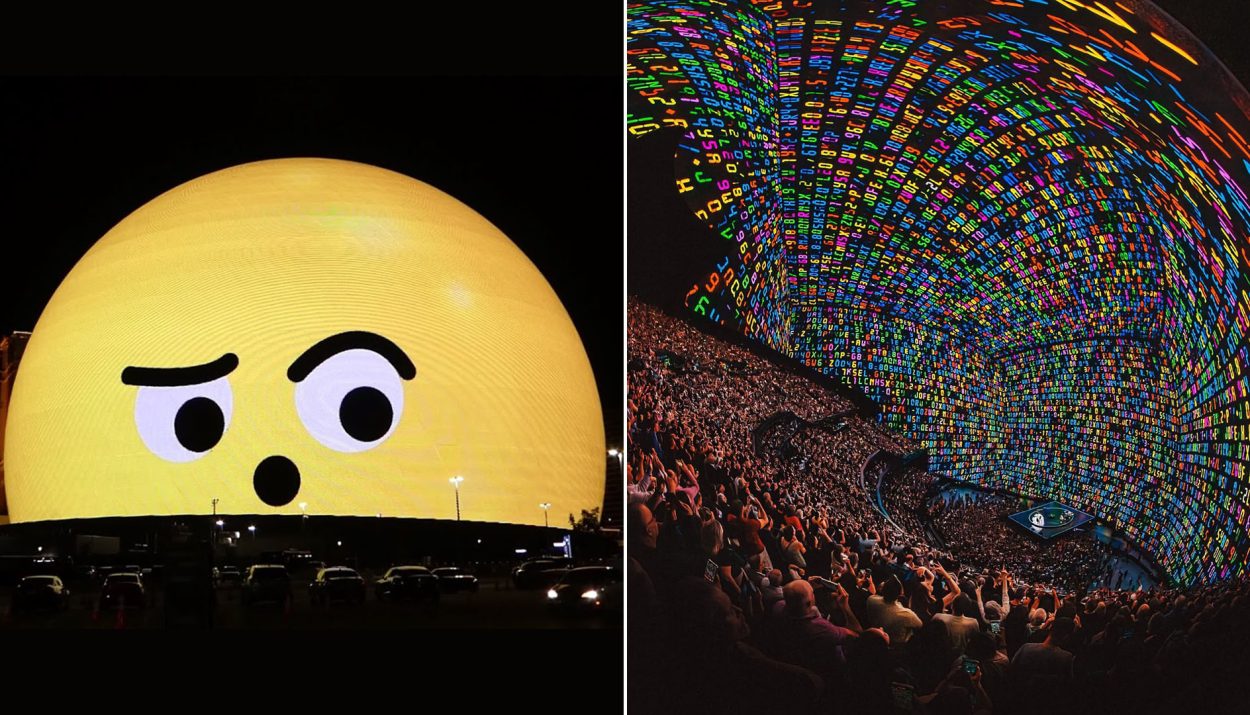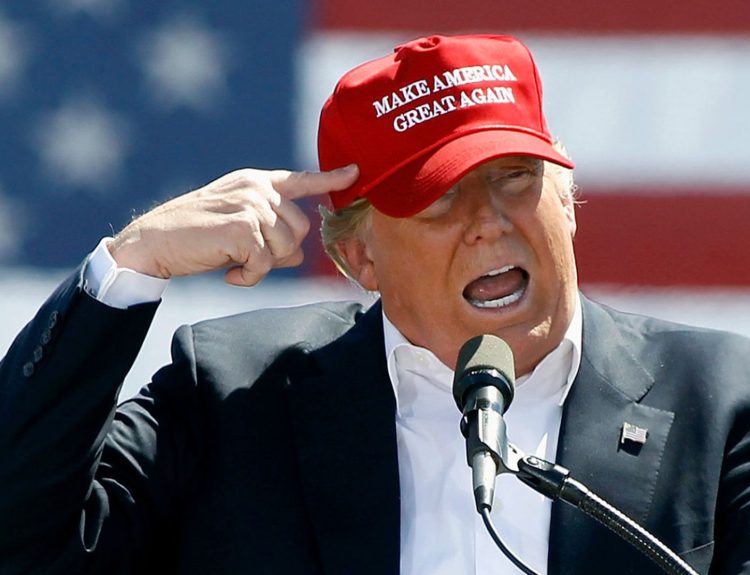Las Vegas is known for the iconic strip and its nightlife that rivals almost every other major city in the world. The city makes the majority of its money on hospitality, which includes gambling, concerts, and hotels. Vegas is constantly looking for new ways to bring in more money, be it through advertising or sports, and sometimes their efforts unfortunately fall flat.
Early Days During the Depression
Vegas got involved in the gambling industry back in the thirties, when it was still under the control of various organized criminal outfits. The state of Nevada voted to legalize gambling in 1931 in the hopes that the revenue would help to bring the state up out of the slump that the Great Depression had brought.
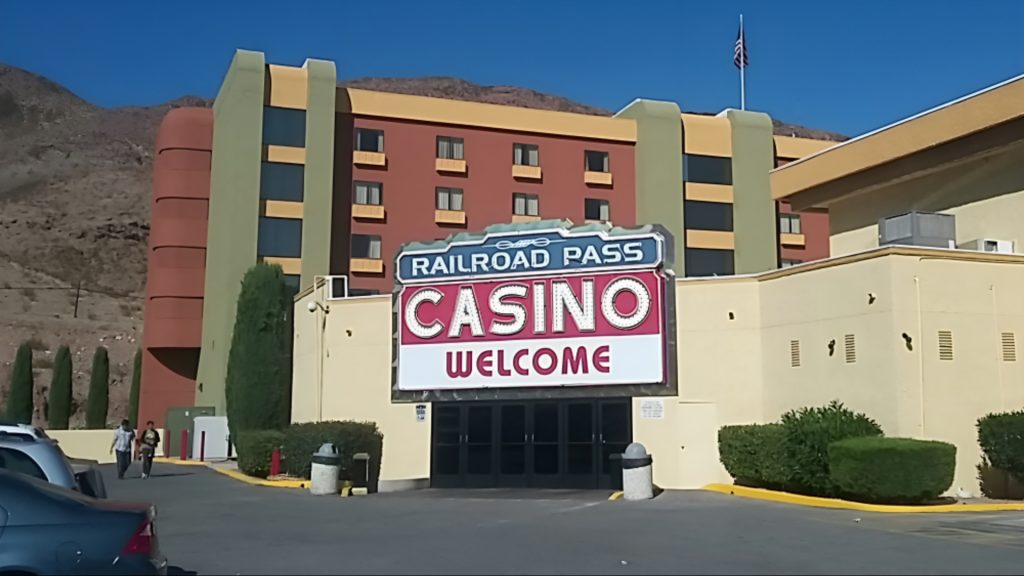
The first casino that was built is called the Railroad Pass, and to this day, it’s located on the southwestern border of Henderson. The gaming license that was initially issued by the state was only for three months, but the income that gambling provided was enough to prove what a boon this industry could be for the state.
Rapid Growth in the Early Years
After that initial trial run, gambling grew rapidly as an industry. The first casino on the plot of land that would eventually become the Strip was the El Rancho Vegas, and it opened its doors in 1941. It was quickly followed by the Hotel Last Frontier the next year, and the growing gambling industry quickly drew other eyes to the city of Vegas.
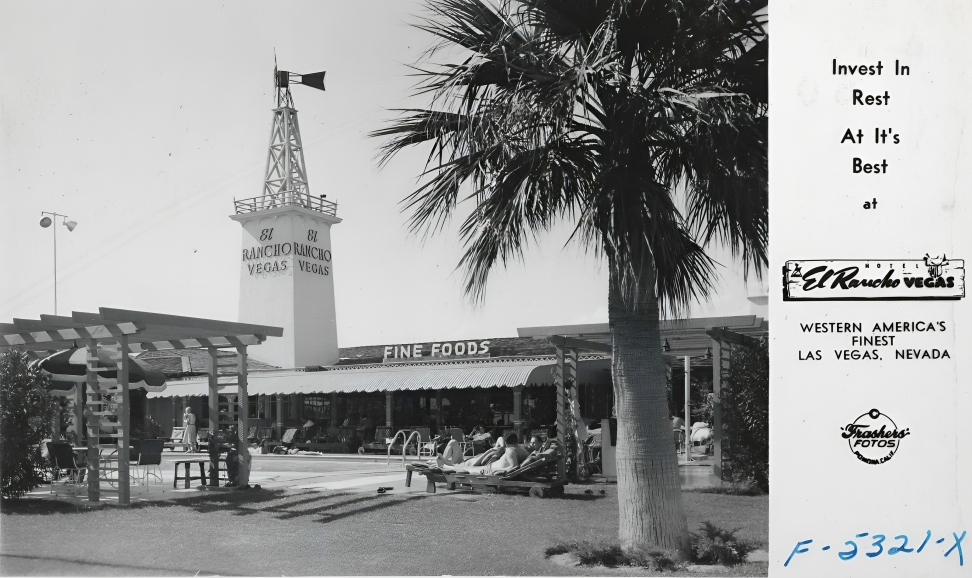
The growing revenue from gambling brought the interest of organized crime figures such as Bugsy Siegal and Frank Rosenthal. Organized crime invested in the building of several hotels, including the Flamingo. It wasn’t until the fifties that the Mayor of Las Vegas sought to bring the Las Vegas Strip into city territory to expand the city’s tax base and pay down debts.
Power Changes Hands
The period between the fifties and the two thousands saw exponential growth for both the gambling industry and Las Vegas as a whole. Organized crime was booted out of Vegas gambling in the 80’s when the Stardust lost its license due to illegal skimming organized by the Chicago mob, and corporate hierarchy began to take hold.
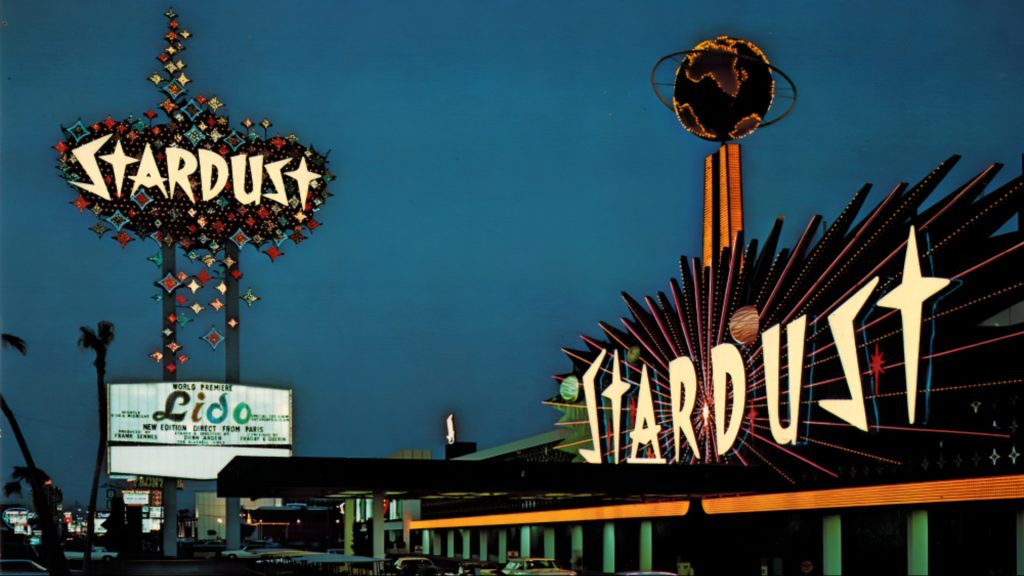
Vegas began to be known as a luxurious vacation destination, one where you could go for a week of debauchery and freedom before having to return to your simple, workaday life. The construction of high-end casinos in the late 80’s and early 90’s, such as the Luxor, Mandalay Bay, and the Bellagio.
The Expansion of Public Perception
The selling of Vegas as a luxurious vacation spot continued in the 2000’s and 2010’s, with each new resort being built being sold as bigger and better than before. Many of the older casinos on the strip have undergone big changes, and the city has started to look to other avenues to bring more tourism revenue in to the state.

The construction of the T-Mobile Arena for concerts and sports in 2016 was one such avenue, as well as the construction of Allegiant Stadium in 2020. While Vegas has always been known as the land of adult entertainment, over the years there has been effort to turn the tide of public opinion to a more family-friendly atmosphere.
The Challenging Road to Completion
The latest expansion of Vegas’ massive entertainment industry comes in the form of something geometric. The Sphere is the newest concert and entertainment venue to open in Paradise, Nevada, under the ownership of Madison Square Garden Company.
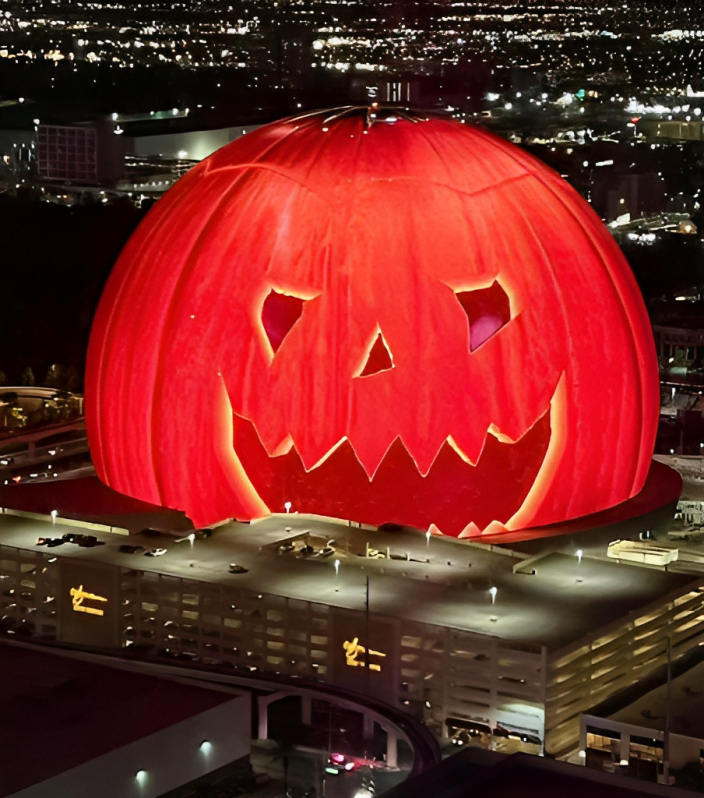
The Sphere broke ground for building in 2018, with the intent of being opened in 2021. Due to extenuating circumstances with supply chain issues, construction was halted for several months in 2020, pushing back the opening date. The Sphere eventually opened in September of 2023, with U2 beginning a 36-show residency.
An Ambitious Beginning
Hopes were high that the Sphere would be another avenue to bring in a chunk of change to the city, and therefore the state of Nevada. Over $2 billion was invested in the construction and advertising of the Sphere, and its opening was hailed as a new milestone for its parent company.
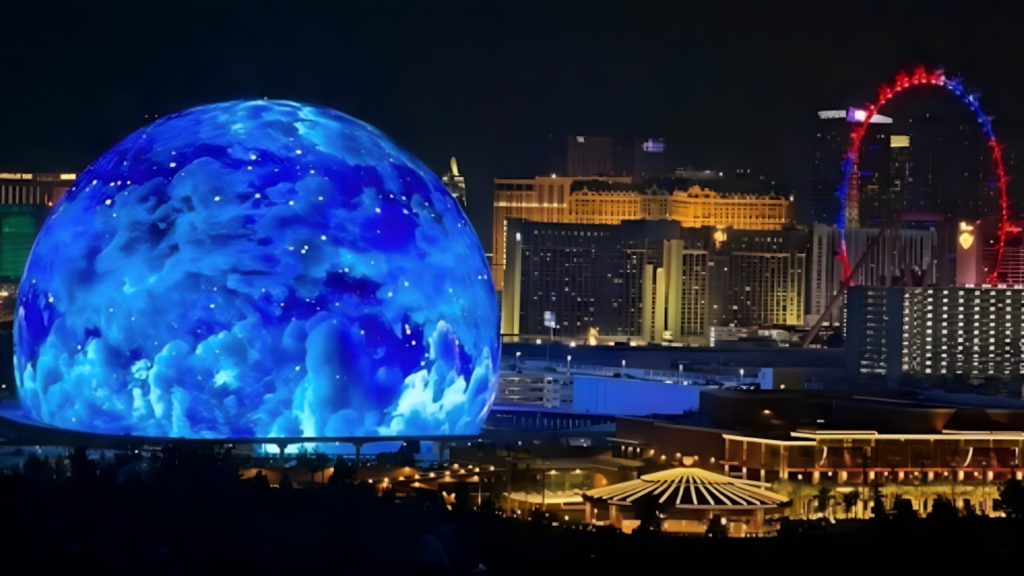
The Sphere has many features that drew a great deal of attention during its construction and the first weeks of being open. The most notable feature is the exosphere display, which can be purchased as advertising space by big brands such as the NFL Sunday Ticket.
Not the Start Executives Wanted
Unfortunately, where there are big hopes for something, there is inevitably the possibility for big failure. The first earrings call of the Sphere didn’t net the reaction that its executives hoped. It was, in fact, a devastating blow to the newly built entertainment facility.
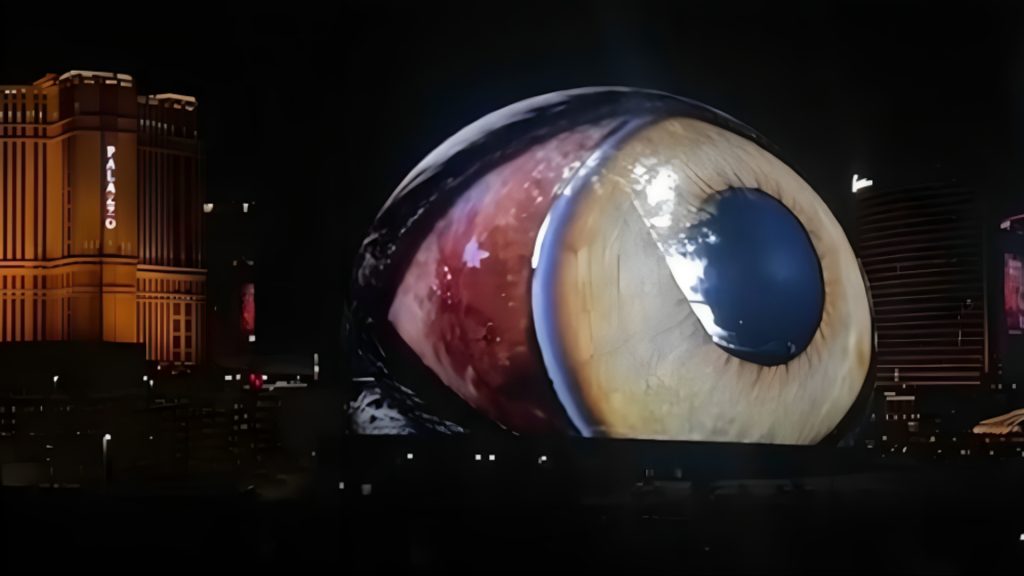
Despite bringing in millions of dollars in concert revenue and advertising revenue on the exosphere, the Sphere’s first quarter earnings call was dismal. The company announced a quarterly operating loss of nearly $100 million, to the devastation of their stockholders and executive team.
Only One of Multiple Losses
This heavy financial loss was not the only blow that the company experienced in the recent past, either. Days before the quarterly earnings call, it was unexpectedly announced that the Chief Financial Officer of the company, Guatam Ranji, had left the company.

The official statement from the rest of the executive team was that Ranji hadn’t left for any disagreement on the financial evaluation or direction of the company. Reports from other individuals at the company don’t refute the statement, but they do paint a slightly different picture.
An Explosive Altercation, and a Quiet Exit
According to anonymous sources at the company, several days before the earnings call, an argument was heard out of the CEO’s office. The CEO evidently yelled and screamed at Ranji in a meeting that was meant to prep for the quarterly earning’s call, in such a way that it could be heard from several offices around.

Ranji was evidently very calm during this altercation, and when he left the office he was well composed. Immediately after, though, he tendered his resignation and left the company. The internal source stated that his reasons for leaving had to do with the CEO’s temper, and Ranji’s lack of desire to deal with it anymore.
Doing Damage Control
Ranji’s sudden exit was the first event that drew attention to the executive team at the Sphere, and the earnings call only cemented it. James Dolan, the CEO, spent a good deal of the earnings call soothing stockholders and investor concerns, according to internal reports.
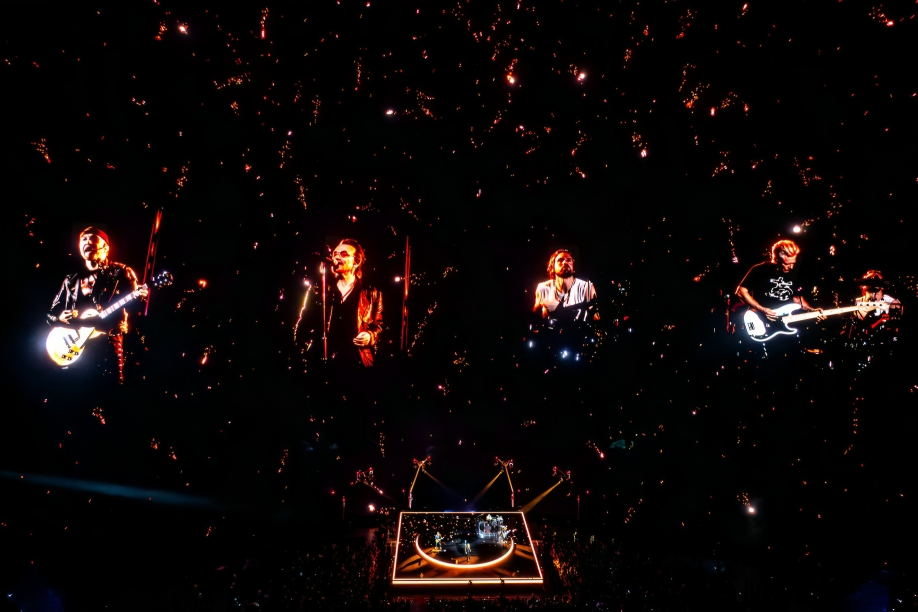
Dolan reassured the stockholders that the projected revenue of the company is exponential to where the company is now, especially with the popularity of the U2 residency. He said that the company is in conversation with multiple other artists to start residencies during the second half of the year, and is talking with many artists across different genres and disciples to come to the Sphere as well.
Potentially Just a Rough Start
Dolan’s confidence in the ability of the Sphere to bounce back from such a dismal first quarter earnings may be founded. The Sphere opened near the end of the third quarter of 2023, meaning that the extravagant opening costs didn’t have much time to recoup with revenue.

Not only that, Dolan is hoping to expand the offerings of the Sphere in the coming months beyond mere music and art. Darren Aronofsky, the Ocsar-nominated director, debuted his immersive experience “Postcards from Earth,” at the Sphere, in a twist on the entertainment venue.
Only Time Will Tell the Future of the Sphere
The Sphere has already made itself known as a staple of Las Vegas sightseeing. The exoscreens of the Sphere can not only be rented out, but they can show any image on the outside of the building, to the delight of passersby.
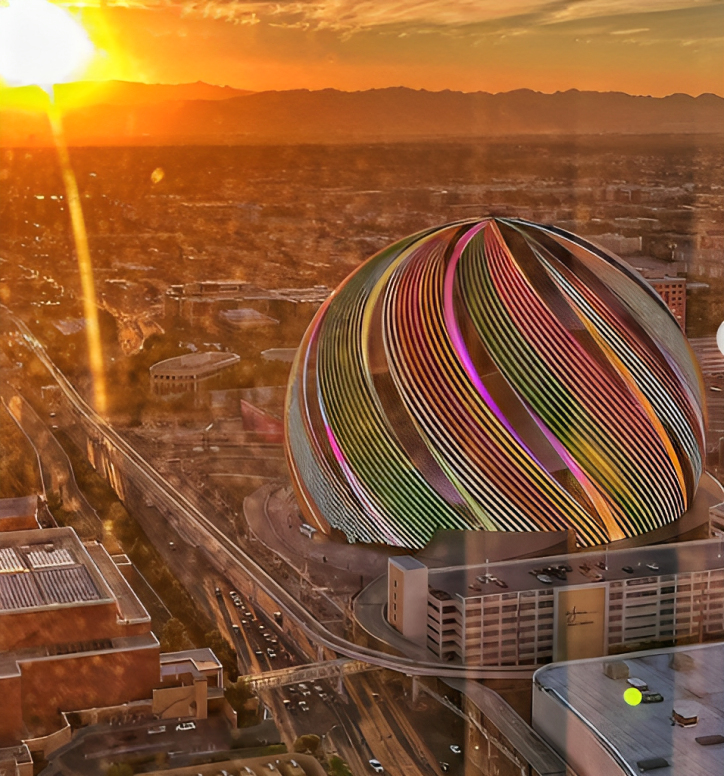
Whether Dolan’s optimism about the earnings potential of the sphere is founded remains to be seen. It wouldn’t be the first time a large investment flopped due to circumstances beyond anyone’s control. Hopefully the building is able to turn their rocky start around, though, and the Sphere will be entertaining visitors to Vegas for years to come.

